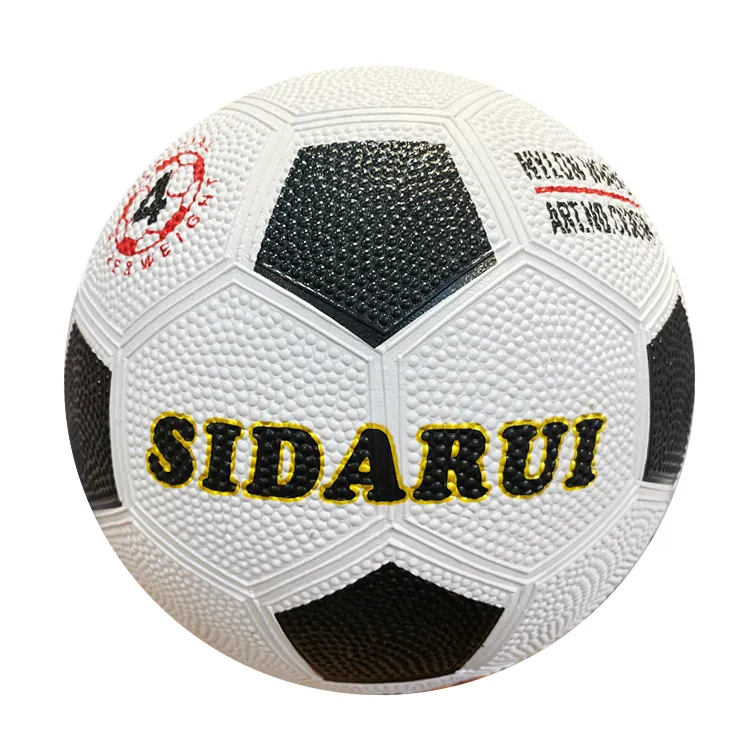Soccer, also known as football in most countries, is a game that transcends geographical boundaries, captivating millions with its simplistic yet strategically complex nature. As the most popular sport in the world, the various adaptations cater to different environments and preferences. Understanding the different kinds of soccer not only enhances your appreciation but also guides you in choosing suitable gear and equipment, ensuring you optimize your playing or viewing experience.

Traditional Association Football is the most recognized form of soccer, played on a rectangular grass field with two teams of eleven players each. This standard version, governed by FIFA, emphasizes teamwork, strategy, and individual prowess. Players often require specialized cleats designed for grass surfaces, offering traction and comfort. The traditional soccer ball, typically leather or synthetic, is crucial for maintaining game dynamics and player control. Enthusiasts and players often invest in quality gear from brands like Adidas or Nike, which are noted for their durability and performance in professional settings.
Futsal, another exciting variant, gains popularity for its fast-paced tempo and high-scoring games. Played on a smaller indoor field with five a side, futsal emphasizes skill and quick decision-making. The game uses a smaller, weighted ball, allowing for precision and control in close quarters. For those entering the world of futsal, investing in specialized futsal shoes with flat, non-marking soles is crucial; these provide optimum surface grip and maneuverability on indoor pitches. Brands like Joma and Kelme offer top-tier futsal shoes, lauded for their durability and comfort.

Beach Soccer brings a whole new dynamic, embracing the unpredictability of sandy beaches. The adaptation involves five players per team, with the loose sand adding an extra layer of difficulty. Players must master balance and agility while barefoot, enhancing core soccer skills like dribbling and juggling. The lighter beach soccer ball enables effective play on sand. For fans or players, incorporating lightweight sportswear designed for high temperatures and sandy environments is essential. Companies such as QuickGoal provide beach soccer nets and balls, specifically designed to withstand the rigorous beach conditions.
different kinds of soccer
Street Soccer, not bound by formal rules, offers an informal yet exhilarating experience. Played in urban settings, it reflects the local culture and often focuses on creativity and flair. Players typically play in casual attire and use makeshift goals, although street soccer specific balls by companies like Senda are gaining traction for their durability on concrete surfaces. These specialized balls withstand rough play surfaces, enhancing game quality and longevity.
Blind Football offers an inclusive variant, adopting adaptations for visually impaired athletes. Played with audible balls containing bells, it emphasizes sound and communication among players. Ensuring a safe playing environment involves using earmarked padded boards, along with specialized audible gear, reinforcing the importance of adaptive sports equipment. Companies focusing on inclusive sports equipment are crucial, providing opportunities for everyone to enjoy soccer, regardless of physical limitations.
Indoor Soccer, similar to futsal but with slightly different rules, is popular in regions with extreme weather, offering a controlled environment for year-round play. This variant uses a smaller, often turf-covered field, allowing for fast-paced action with slightly different dynamics from futsal. Regarding equipment, players often use indoor soccer shoes, which double for futsal, ensuring proper grip and comfort on hard surfaces. Nike and Puma provide a wide range of indoor soccer shoes, known for their ergonomic designs and performance enhancements.
Understanding these various types of soccer can significantly influence product choices, enhancing personal experience whether as a player or spectator. When purchasing soccer equipment and apparel, considering the specific needs of each variant can lead to better performance and enjoyment. Experts in the field recommend consulting specialized sports stores or brands focused on soccer gear to ensure the best fit and functionality for your needs. This breadth of soccer forms encapsulates the sport’s versatility and universal appeal, making it accessible to everyone regardless of skill level or playing conditions, highlighting the importance of choosing the right equipment and understanding the dynamics of each variant for an enriching soccer experience.













